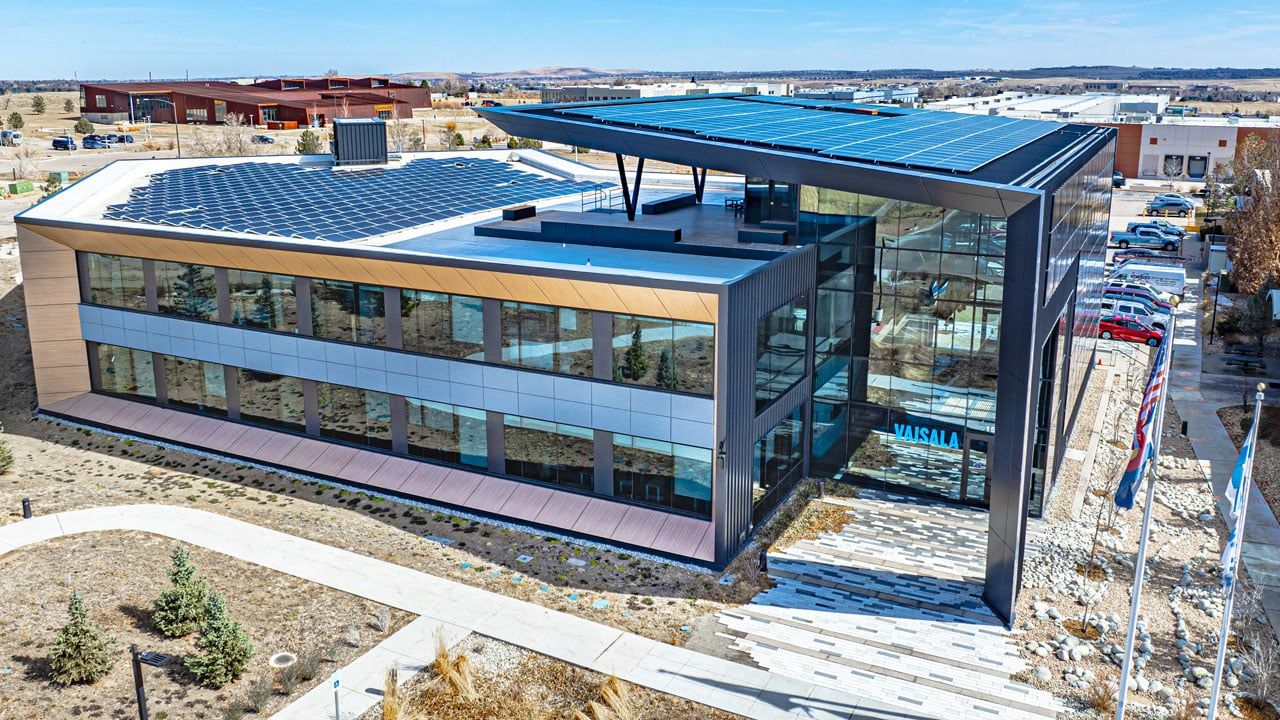Number of farms decline in Colorado, nationwide
The census reported a statewide decline of nearly 900 farms over the five-year period from 2007 to 2012. Farm acreage slightly increased by 282,000 acres to 31.9 million from 31.6 million during the same period.
Data released this week comes from a census taken by the U.S. Department of Agriculture. Nationwide, the number of farms also declined to 2.1 million from 2.2 million during the period. Farm acreage declined to 914 million acres from 922 million acres.
SPONSORED CONTENT
Commercial Solar is a big investment, but not an overwhelming one
Solar offers a significant economic benefit for commercial property owners while also positively impacting the environment and offering a path to compliance for new municipal requirements like Energize Denver. A local, experienced solar installer will help you navigate the complexities of commercial solar to achieve financial success for your project.
The agriculture department defines a farm as any place from which $1,000 of agricultural products were produced and sold, or normally would have been sold, during the census year.
Decreases in the number of farms may indicate everything from industry consolidation to a change in the number of people who only own farmland to receive tax breaks, Colorado agribusiness experts say.
The number of Colorado farms of 1,000 acres or more declined from 6,300 to 5,900, according to the census.
Doug Claussen, a certified public accountant with Kennedy and Coe LLC in Loveland, said the decline in the number of farms did not surprise him as the industry consolidates.
“Ag production is highly volatile,´ said Claussen, an agribusiness specialist. “We may have had a few years that were really good, but if you look over the longer term for ag production, there are several years that have been really bad.”
The slight increase in acreage may have come from previously marginally productive land that farmers added to the mix, he said.
The overall decline in the number of farms could indicate that fewer people filed for tax breaks on farmland, said Stephen Koontz, Colorado State University associate professor and extension economist.
“Think about how many people out there have some acreage and they file a 1040F to get an appropriate tax break,” he said. “How big is that group? It’s pretty substantial.”
The agriculture department will not release the final census, which includes county level data, until spring due to delays from the budget sequester.
That local will give farmers and researchers valuable information on agribusiness.
“We really get a wealth of information from the ag census along those lines,” Koontz said. “It’s really pretty important when you’re looking at the breadth of agriculture, what’s going on where.”
The census reported a statewide decline of nearly 900 farms over the five-year period from 2007 to 2012. Farm acreage slightly increased by 282,000 acres to 31.9 million from 31.6 million during the same period.
Data released this week comes from a census taken by the U.S. Department of Agriculture. Nationwide, the number of farms also declined to 2.1 million from 2.2 million during the period. Farm acreage declined to 914 million acres…
THIS ARTICLE IS FOR SUBSCRIBERS ONLY
Continue reading for less than $3 per week!
Get a month of award-winning local business news, trends and insights
Access award-winning content today!

